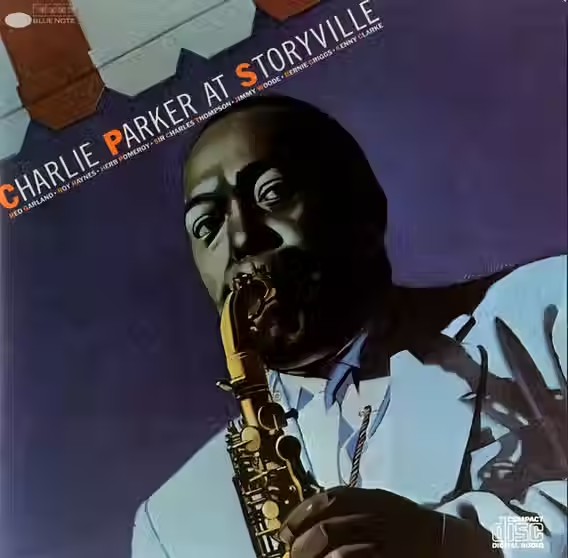Excerpt from second new Beatles piece
- Colin Fleming

- Oct 26, 2022
- 3 min read
Wednesday 10/26/22
Competition works that way. If you’re competing with someone who is awesome at what both of you are undertaking, this isn’t a relaxing situation. They might be your best buddy, but you will have nerves, and the only way to undue that bundle of nerves is to throw yourself into the competitive task at hand.
Lennon had been the storywriter in the band, and before the band, going back to his days at school when he put together a semi-regular mock newspaper or satirical literary magazine—which is essentially what it was—of his own making called The Daily Howl. It’s not as flashy as the Beatles advancements we normally talk about—“Tomorrow Never Knows,” “A Day in the Life”—but there is nothing in the band’s output that was as out there, as bang-on new, as progressive, as McCartney’s story-song “Eleanor Rigby” in 1966, and that has to do with its literary quality.
My first memory—or my first sense of myself—was that I would write. I knew it. I knew it before I knew I was a boy or my parents loved me. It was a knowledge I seemed to have entered this world with, but it went beyond traditional stories—of the bedtime variety—and books. It had a lot to do with music, and it was to music I turned, in formative years, more than anything else.
When we read, we are hearing a story—if the writer is any good—as much as anything. We see the narrative in our head as well. Reading has very little to do with the page. That’s just the messenger, and the messenger all but dissolves in our hands, because we are transported. The best writing never makes you feel like you’re reading it.
“Eleanor Rigby” brought that point home to me, even as it gave me nightmares. I didn’t experience the song as music. Or, if I did, it was extra-musical, post-music, in the way of the finest stories. From the first, I knew this was not like any Beatles song. “Eleanor Rigby” was unlike any song I had heard. Beatles songs centered on me, you, us, but not “Eleanor Rigby.” No personal, “reach out-and-connect”-style pronouns. All third person.
The first line of “Ah, look at all the lonely people”—which had actually been suggested by George Harrison, and happily scooped up by an accepting McCartney—starts us in medias res, and that “ah” lent a touch of literary gravitas.
You saw it in poetry, and in Shakespeare’s plays. The line immediately establishes we, the listeners, as onlookers, people who have foregathered in order to witness. We feel a part of this song—this story—like we have a job to do, the same way consultants are brought in to oversee and vet, which is itself a lot like reading.
We then see the first of our two main characters, in Eleanor Rigby herself, cleaning up after a wedding, so we know it wasn’t hers. The description is pithy, but it’s so well-written that we also know that no one else features in this scene. She’s the lone cleaner-upper.
Do you see how that detail tells? Why is no one else helping? Did someone ask her to do this? Why just her? That’s unlikely, and more probably she took the sad task on herself, because that’s what she does. And she’s seen all that she can bear to see about the happiness of others. We know a lot about this character—this person—in barely no words at all. This is how superior writing works.
We’re then told she lives in a dream, which is an alternate reality, as so many people in our world now do. People don’t answer to the truth; the flee from it, and attempt to erect something else in its stead, seeking out others who will enable the process. That’s Twitter, yes? Internet identities. She stares out the window, meaning she’s passive, a watcher of the lives that are not her own. Then we get the first line of mind-blowing psychedelia in all of rock, though rock has never sounded like this: “Wearing the face that she keeps in a jar by the door.”
That got little Colin. I thought, “What the hell, man?” I was scared. I understood metaphor was at work, but there was also a sort of elbow into your sides that suggested she might as well as had a bucket of faces that she slipped on and off. We all do. I remember looking extra hard at my parents in the front seat, as though their visages would slip into faces I didn’t recognize as we drove home in the fading autumn sun of a Sunday afternoon. And the kicker? The narrator asks who the face is for. Clearly it’s for Eleanor herself, but it’s not even a fit for the person to whom it belongs. Thus, we’re told—signaled—that here is someone who doesn’t belong in the world, and what is more terrifying than that?




Comments